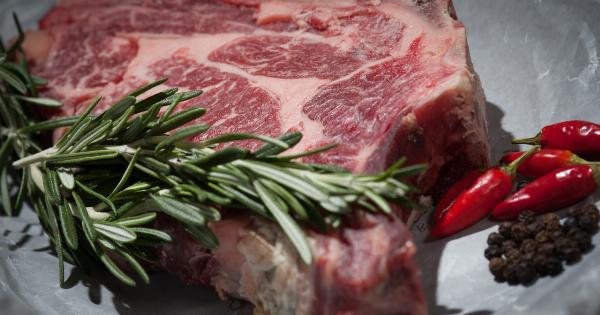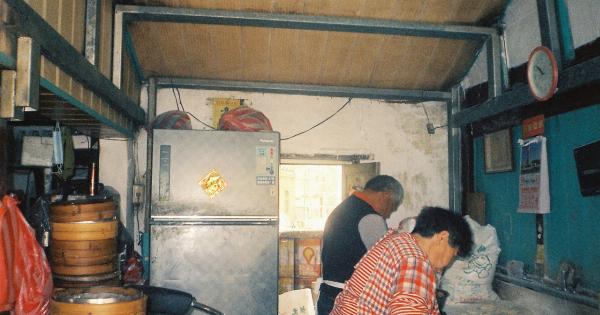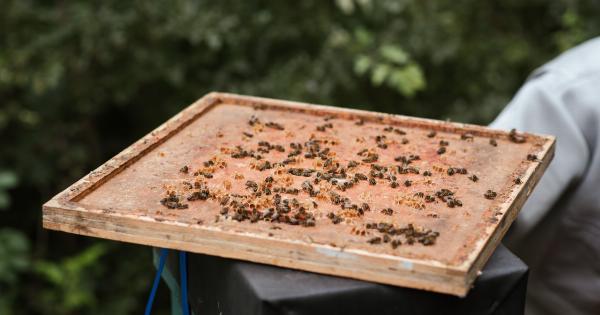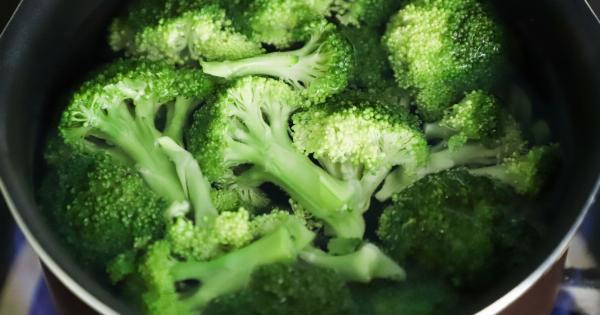Condiments are known as the accompaniment of different dishes during meals. It is a mixture of different spices or sauces that suit various palates around the world. These products have been in demand in most households and restaurants for over centuries.
However, we should be aware that condiments can also pose health risks to us. This article will discuss the importance of rotating condiments for safety purposes.
What are condiments?
Condiments are substances that are used to add flavor or taste to food. They come in different forms such as liquid, paste, or powder. Some examples are salt, pepper, ketchup, mustard, soy sauce, vinegar, and mayonnaise.
They are used on various dishes, including sandwiches, burgers, pasta, noodles, fries, and many more. Condiments are essential in enhancing and balancing the flavors of a meal.
Contamination Risks of Condiments
Condiments are often stored in bottles, jars, or containers that are prone to contamination if not handled properly. These products can be exposed to different bacteria, viruses, and fungi that can cause foodborne illnesses.
The contamination can occur in various ways, such as through dirty hands, utensils, or the surface they touch.
In a restaurant or food establishment, condiments are frequently used by different customers throughout the day. This scenario increases the risk of contamination, especially if the condiments are not properly maintained.
A person with a contagious disease can easily transfer their germs to the condiment containers and potentially infect others who use them afterward.
The importance of rotating condiments
Rotating condiments is one of the best ways to prevent contamination and ensure safety. It is a simple practice that involves using the oldest condiment first and replacing it with a new one.
This rotational method is beneficial in different aspects, including:.
Maintaining Freshness
Condiments have a shelf life that varies depending on the type and brand. The shelf life usually ranges from a few months to a year.
Using expired condiments can cause alterations to the taste, texture, and quality of the food, and, in some cases, even lead to illness. Rotating condiments ensures that the bottles or containers do not stay on the pantry or refrigerator shelves past their expiration date.
Preventing Contamination
As previously mentioned, rotating condiments can prevent contamination and the spread of foodborne illnesses.
It reduces the chances of bacteria, viruses, and fungi from growing in the same container for prolonged periods, ensuring that consumers get fresh, high-quality condiments.
Lesser Waste
Rotating condiments also lessen waste. Since the oldest bottles are used first, this method avoids unnecessary purchases and reduces the risk of throwing expired condiments away, which eventually contributes to environmental waste.
Ensuring Label Accuracy
Rotating condiments also ensure label accuracy. Some condiments, especially those that come in powder or paste form, can harden or become clumpy if left unused for an extended period.
These changes can affect the quality and measurement of the ingredients resulting in a different taste or texture of the food. Rotating condiments prevent these situations by providing accurate labels that can guide customers with their usage and measurements.
Condiment Hygiene
Aside from rotating condiments, proper hygiene is also essential in maintaining the quality and safety of condiments. Bottles, jars, or containers of condiments should be cleaned regularly to avoid the buildup of bacteria, viruses, and fungi.
They should also be stored in a cool, dry place, away from direct sunlight or heat.
Customers should use clean utensils and hands when handling condiments. They should avoid double-dipping or touching the containers with their hands to reduce the risk of cross-contamination.
Conclusion
Condiments have become an essential part of our meals, and it is crucial to keep them safe and hygienic. Using old and expired condiments can cause foodborne illnesses and alter the taste and quality of food.
It is beneficial to rotate our condiments regularly as a preventative measure. This method ensures freshness, prevents contamination, reduces wastage, ensures label accuracy, and promotes hygiene in the kitchen.






























